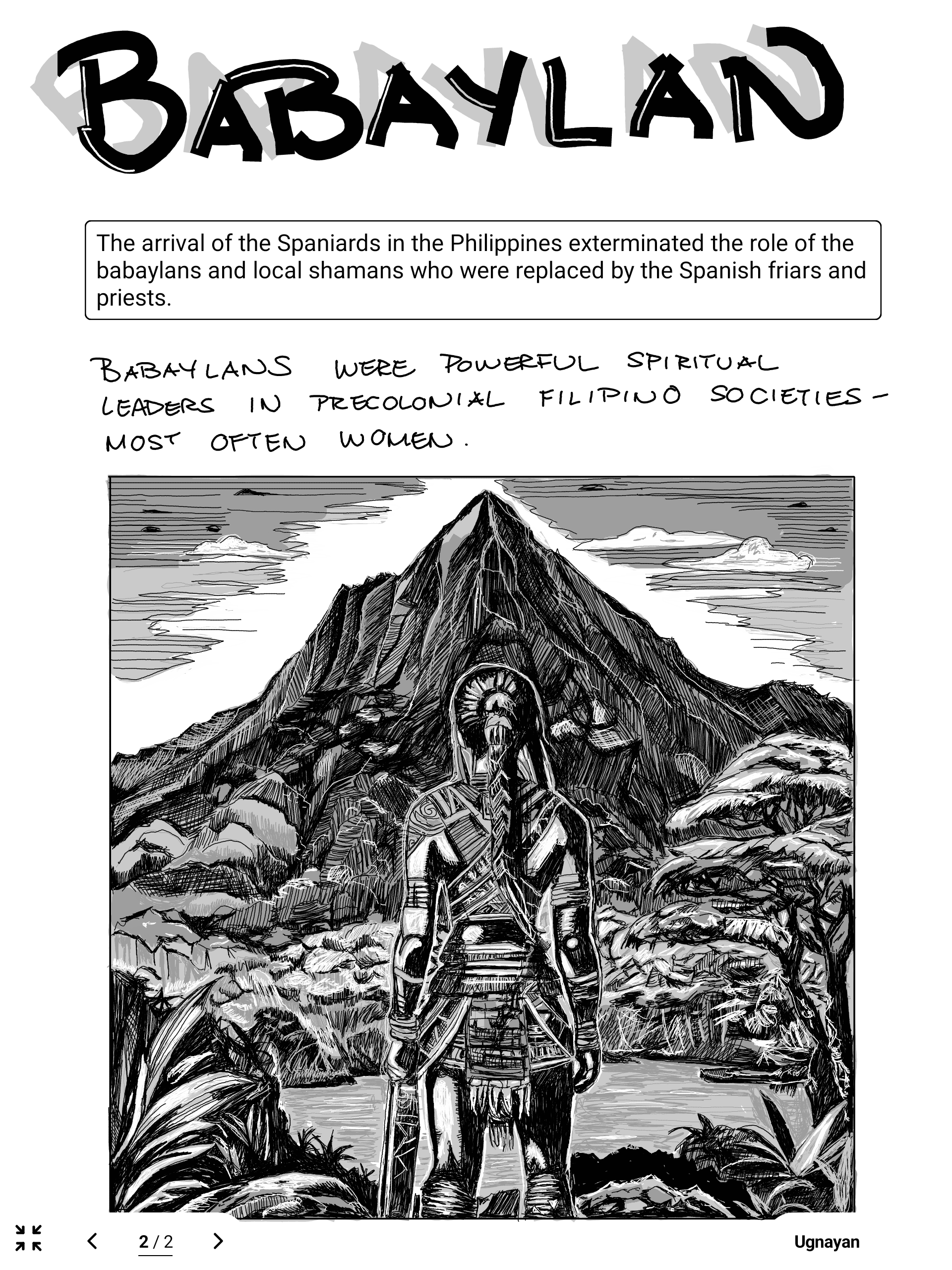Writing Mode: Weaving Narrative from Knowledge
After Research Mode fills Digest with raw fragments and Synthesis Mode shapes those fragments into patterns, I step into Writing Mode. This is where everything converges. Writing Mode is the stage where my archive (Digest) and my reflections (Notebooks) come together and transform into a coherent draft.
It’s the moment when scattered ideas finally become a story.
The Role of Writing
If Research Mode is about capturing and Synthesis Mode is about connecting, then Writing Mode is about weaving.
I don’t see writing as starting from a blank page anymore. By the time I reach this step, I already have two layers to work with:
Digest as Evidence: The raw quotes, clippings, and references that anchor my ideas.
Notebooks as Insight: My reflections, questions, and connections that give shape to those fragments.
Writing Mode is where I stitch them together — evidence meeting interpretation, sources meeting voice.
Why Writing Mode Matters in the Cycle
Writing is the turning point in the workflow.
Research Mode gathers the raw fragments.
Synthesis Mode makes meaning through reflection.
Writing Mode turns meaning into a narrative draft.
Exporting Mode will prepare that draft for polishing and sharing.
Archiving Mode will preserve the finished work.
Writing Mode matters because it creates the bridge between private thinking and public expression. Without it, fragments and reflections would never move beyond being notes.
My Best Practices in Writing Mode
Here are the practices that keep me grounded when I sit down to write:
Query first, then weave – I begin by querying Digest for all relevant entries on a theme. That ensures I don’t miss evidence I’ve already gathered.
Use reflections as scaffolding – My notebook entries often become the outline for my draft. They remind me of the patterns I’ve already spotted.
Write to connect, not to copy – I avoid pasting quotes without commentary. Instead, I weave them with my voice so that they support, not overshadow, my perspective.
Accept imperfection – This is drafting, not publishing. Writing Mode is about getting the narrative down so Exporting Mode can polish it.
Closing Reflection
Writing Mode is where everything I’ve captured and reflected on finally comes together. It’s the stage that transforms knowledge from static notes into living narrative.
By the time I’m here, I don’t face a blank page. I face a woven fabric of fragments and insights waiting to be threaded into a draft. That shift makes writing less intimidating and more natural.
Research Mode fills the archive.
Synthesis Mode makes meaning.
Writing Mode creates the story.
From here, the work will move outward in Exporting Mode and return home in Archiving Mode — but the story itself is born here.
Next Up-> Part 4 Exporting
